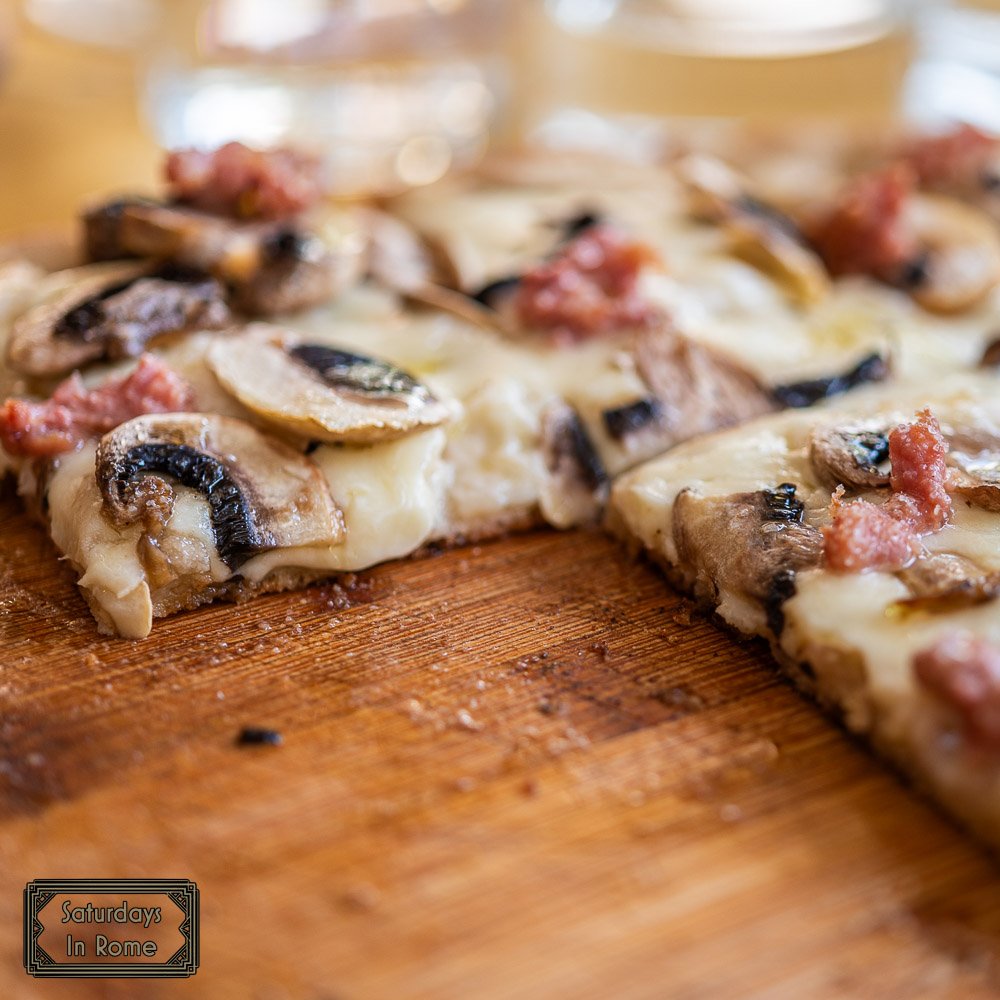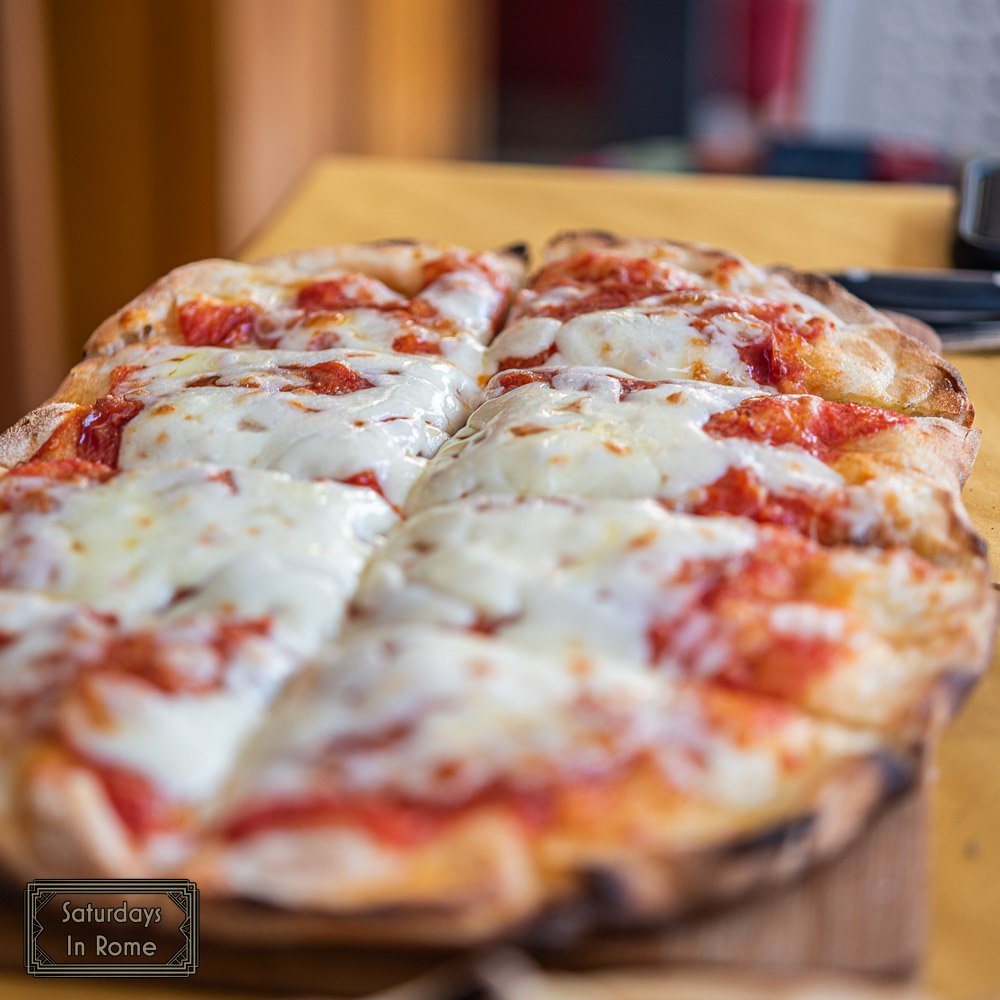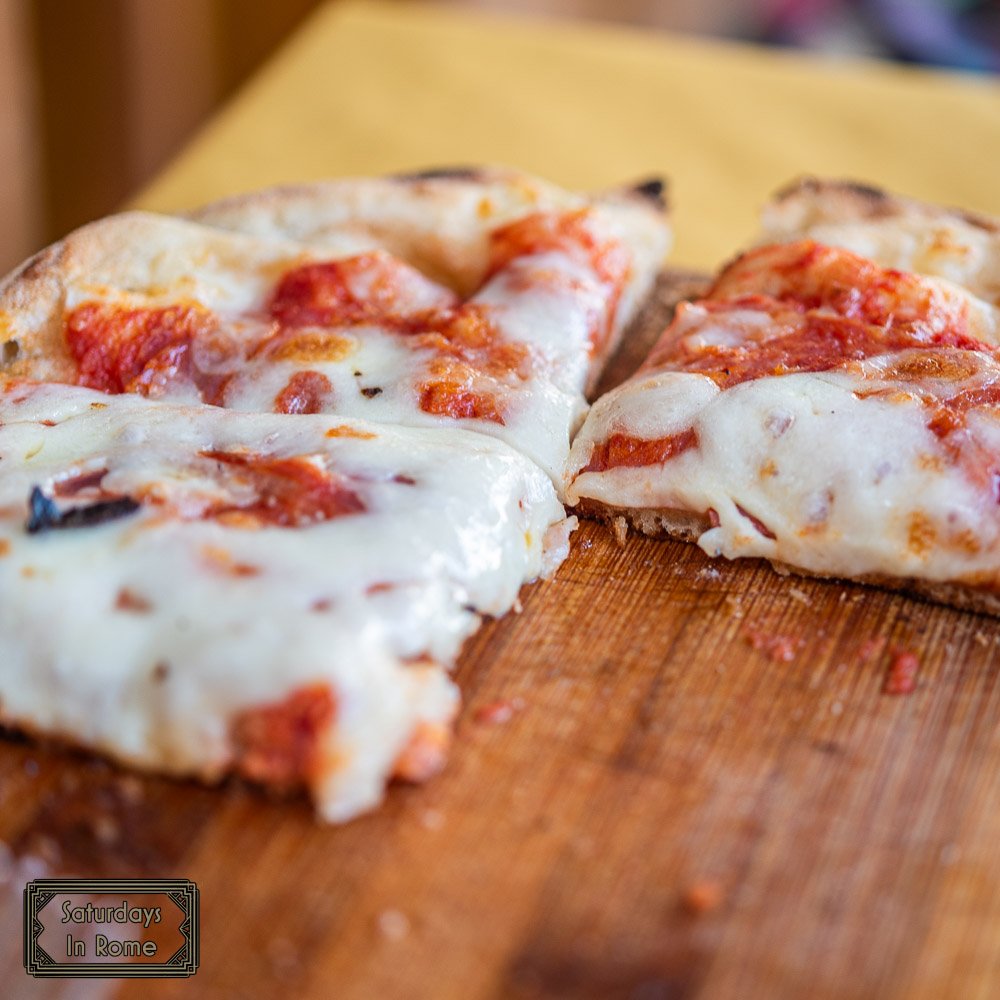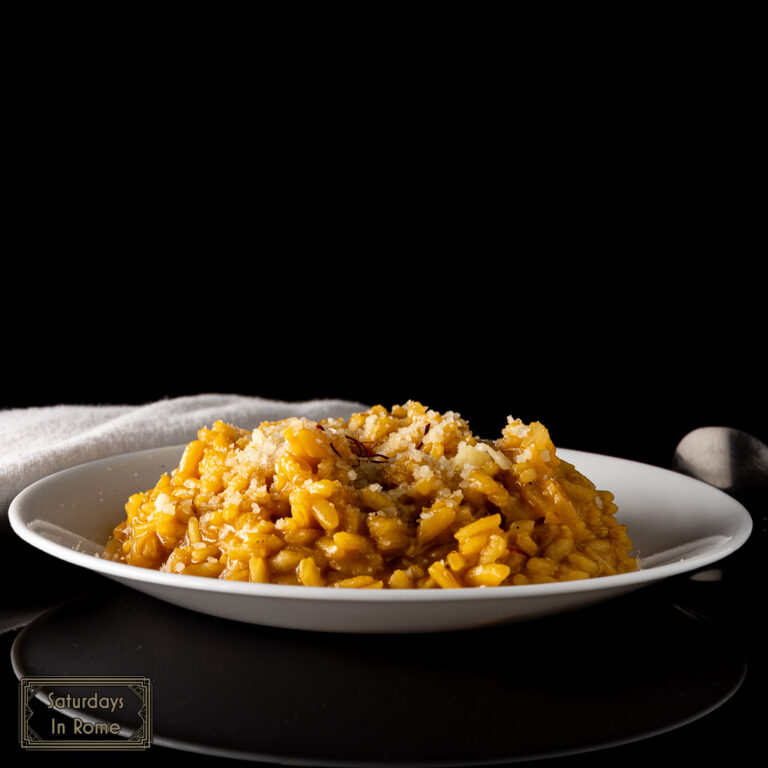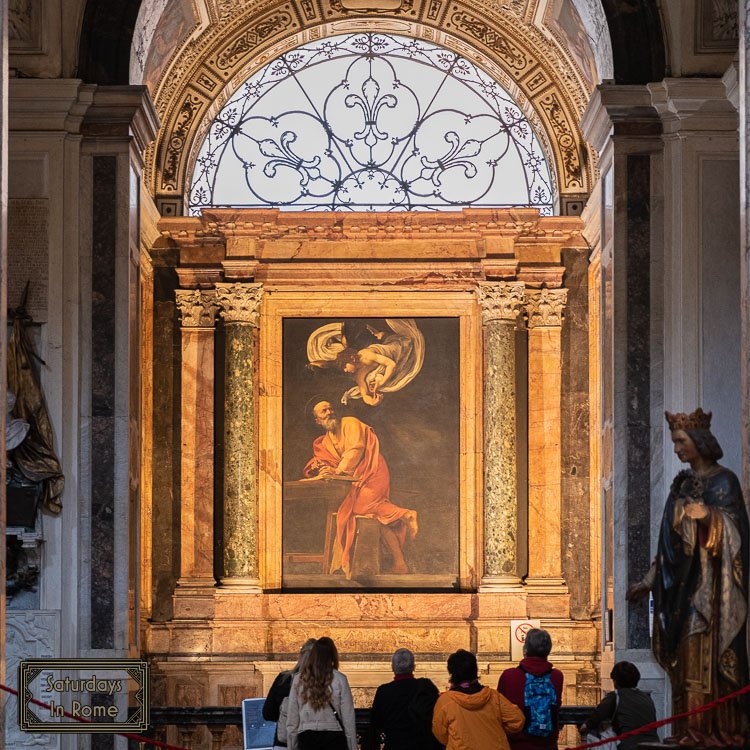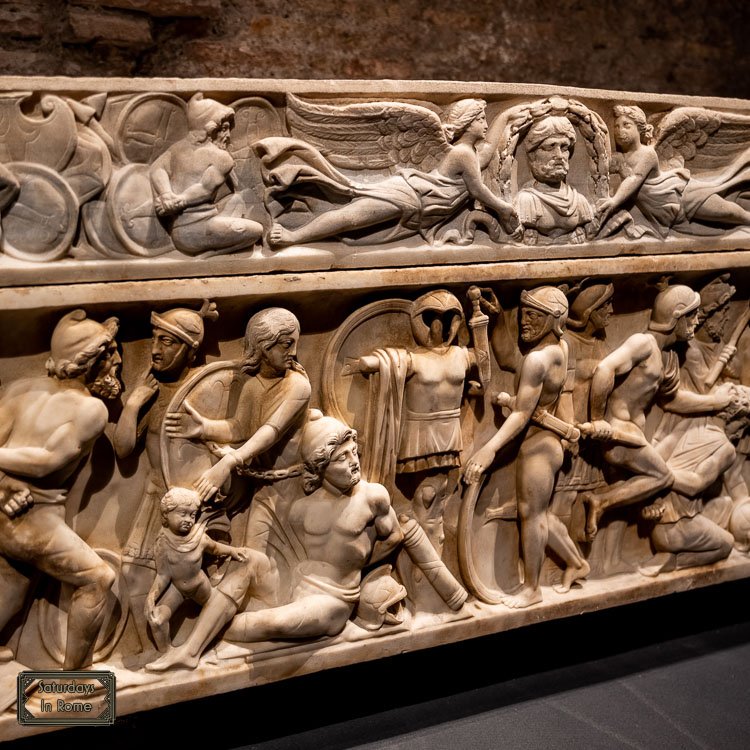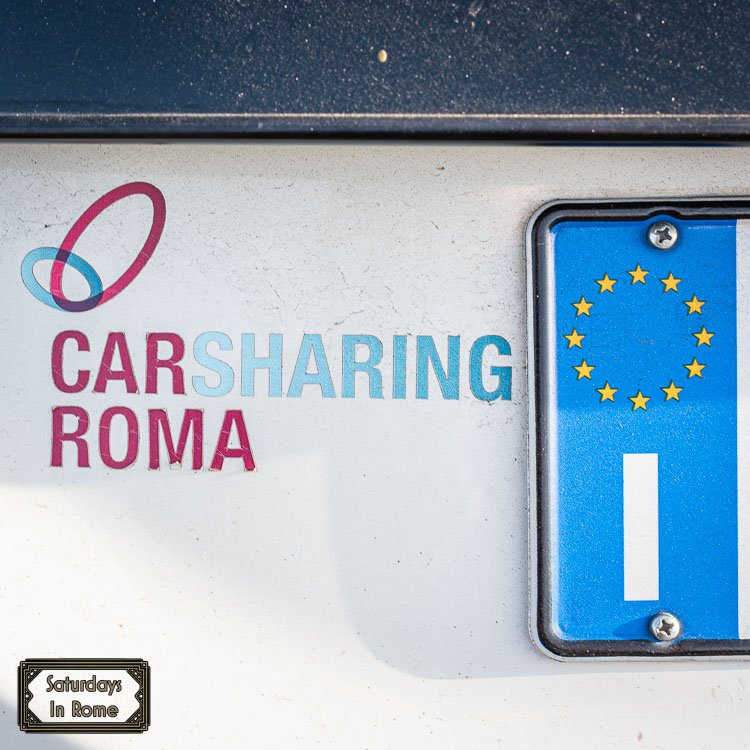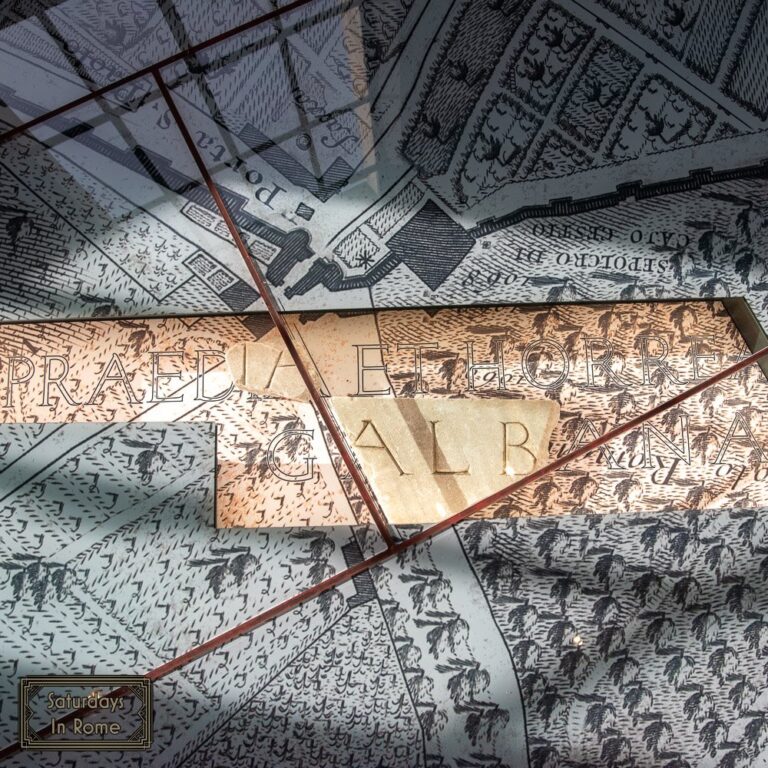Pinsa In Rome Is An Unexpectedly Delicious Take On Pizza
Pinsa is a delicious variation on Roman pizza that is similar enough to be familiar, but different enough to be an exciting option on your next trip to Rome.
Sausage And Shrooms
It is rare that I am surprised by anything related to pizza, but when I was made aware of Pinsa, I was taken aback. It is a version of pizza in Rome that I was unfamiliar with and quickly rose to the top of my to-do list, or more exactly, my to-eat list. But why is another version of pizza worth checking out? I will do my best to describe why Pinsa needs to be a part of your next trip to Rome.
What Is Italian Pinsa?
Italian Pinsa, which is more specifically Roman Pinsa, is a traditional type of flatbread pizza that originated in ancient Rome. It’s made from a blend of wheat, soy, and rice flours, which give it a unique texture and flavor compared to traditional pizza. Pinsa dough typically undergoes a long fermentation process, resulting in a light, airy, and crispy crust.
As mentioned, the origins of Pinsa date back to ancient Rome, as a way for poor families to make use of ingredients that might otherwise go to waste. Cereals and raw flours that could not be sold in the markets became the basis of a crunchy and light focaccia, from which the Roman Pinsa as we know it today derives.
What Does Pinseria Mean?
Very simply, a Pinseria is a restaurant that serves the traditional Roman Pinsa. Think of it as the Pinsa equivalent of a Pizzeria, but focusing on Roman Pinsa instead of traditionally Italian pizza.
Individual Pinsa
Understanding Roman Pinsa
Like many things, including traditional pizza from Naples, the truth about the history of a popular Italian dish can be a little tricky to find. There are reports that Virgil wrote about the idea of Pinsa in the Aeneid, but that is more likely some loose interpretation of an ancient text.
If you abstract out your definition of pizza, or in this case Pinsa, it should be obvious that the concept of a flatbread covered in toppings was being consumed all across the Mediterranean for centuries before the Unification of Italy. It continues today with focaccia and its various toppings being enjoyed across Italy with variations in Greece and all around the Mediterranean. Focaccia is certainly ancient in origin, but Pinsa isn’t particularly old. The current version was created in 2001 by an Italian baker in Rome named Corrado di Marco, which isn’t as Romantic as one might have thought, but delicious.
What Is Pinsa Crust Made Of?
This is where the uniqueness of Pinsa can really be seen. Instead of the traditional ingredients for a pizza dough that uses the high protein “OO” wheat flour, a Pinsa dough uses a mix of soft wheat flour, rice flour and soy flour, which gives it a unique, crunchy texture.
The role of hydration and water in Pinsa dough is also important, because Pinsa dough uses a hydration level of 80%, as opposed to traditional pizza that uses a lower 65% hydration. Generally speaking, the pizza with a hydration level between 55% and 65% allows the dough to be worked well during the rolling out and baking phase, without having to run into excessive risks due to the tightness of the dough itself.
On the other hand, pizza with a hydration level between 70% and 90% is characterized by prolonged ripening at a controlled temperature, as well as by the preference for using softer flours with a lower protein content.
Traditional Pizza Toppings
What’s The Difference Between Pinsa And Pizza?
The dough composition and hydration levels are the biggest differences between Pinsa and traditional pizza. The texture of the crust is light, airy and crispy, which is similar to Roman pizza (which I don’t enjoy) but it is thicker and can hold more toppings (which I do enjoy). The other noticeable difference is the shape. Instead of being round like a pizza, a Pinsa is oblong because of the stretching of the dough. Pinsa, in fact, is derived from the Latin word pinsère, which means to stretch.
Pinsa Toppings and Variations
Classic pizza toppings are what you should expect when ordering a Pinsa. Cheese, meats and vegetables are common, but as with most traditional things, there are chefs making some modern interpretations and creative combinations to set themselves apart from the herd. I have even seen a dessert Pinsa that is topped with Nutella, which I will certainly try in the near future.
Where Can I Get Pinsa In Rome?
I don’t know of any notable restaurants offering authentic Pinsa, so I would recommend just doing a quick search for: Pinseria when you are in Rome and see what might be close to you. If you are desperate for a recommendation, we did enjoy our meal in a restaurant near the Pyramid in Rome, called: Saba Caffè & Cucina, which is a restaurant and pinseria on Via di S. Saba, 30- 32.
Pinsa Pairing Suggestions
It is common and popular in Italy to pair beer with pizza and I would suggest that Pinsa is no exception. Get a great local beer and enjoy it with your pinsa for a true Roman experience. When we went, I was more in the mood for red wine, so we went that route and were content with that decision.
Thicker Toppings
Pinsa Is A Roman Experience
This was certainly a pleasantly unexpected discovery since moving to Rome and I can’t recommend stopping by a Pinseria highly enough on your next visit. If you are interested in other Pizza options that you might find helpful, please check out some of these posts as well:
- How To Find The Best Pizza In Rome.
- Do Italians Drink Beer More Than Wine With Dinner?
- Some Reviews:
- Do The Bonci Pizzarium Reviews Tell The Whole Story?
- Is Pizzeria Sorbillo A Great Choice For Pizza In Rome?
- REbasilico Is A Great Choice For Some Amazing Pizza In Rome?
- Is l’Antica Pizzeria da Michele The Best Pizza In Rome?
- Can You Eat Vegetarian In Italy During Your Vacation?
- Day Trip To Naples From Rome.

